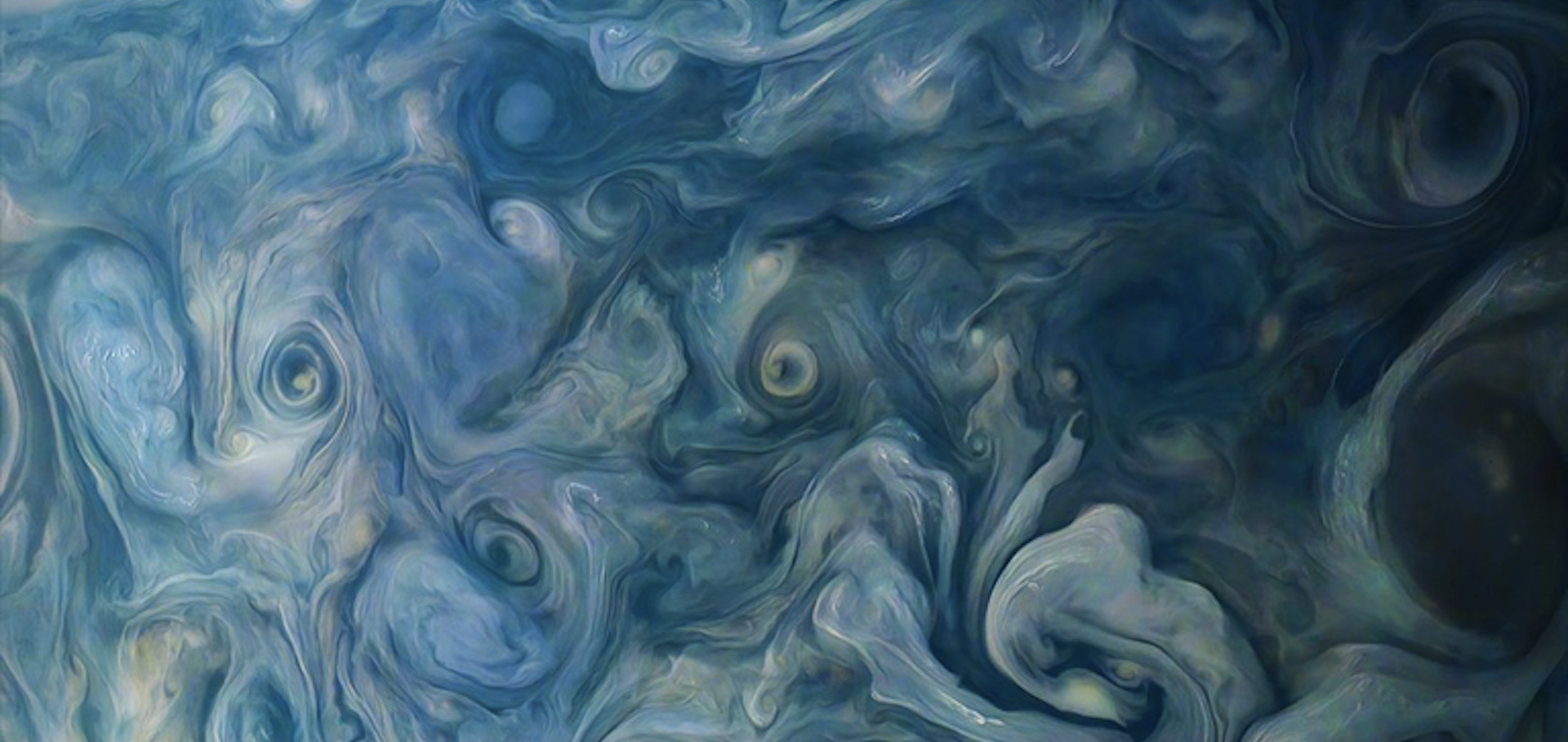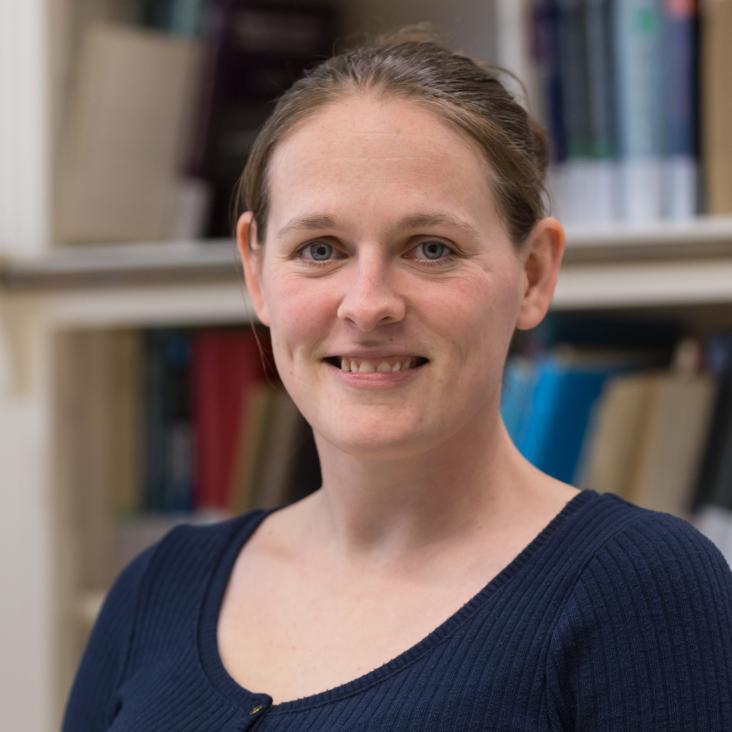Spectroscopic Direct Detection of Exoplanets
Detecting Proxima b's atmosphere with JWST targeting CO2 at 15 μm using a high-pass spectral filtering technique
Abstract:
Exoplanet Proxima b will be an important laboratory for the search for extraterrestrial life for the decades ahead. Here, we discuss the prospects of detecting carbon dioxide at 15 μm using a spectral filtering technique with the Medium Resolution Spectrograph (MRS) mode of the Mid-Infrared Instrument (MIRI) on the James Webb Space Telescope (JWST). At superior conjunction, the planet is expected to show a contrast of up to 100 ppm with respect to the star. At a spectral resolving power of R = 1790–2640, about 100 spectral CO2 features are visible within the 13.2–15.8 μm (3B) band, which can be combined to boost the planet atmospheric signal by a factor of 3–4, depending on the atmospheric temperature structure and CO2 abundance. If atmospheric conditions are favorable (assuming an Earth-like atmosphere), with this new application to the cross-correlation technique, carbon dioxide can be detected within a few days of JWST observations. However, this can only be achieved if both the instrumental spectral response and the stellar spectrum can be determined to a relative precision of ≤1 × 10−4 between adjacent spectral channels. Absolute flux calibration is not required, and the method is insensitive to the strong broadband variability of the host star. Precise calibration of the spectral features of the host star may only be attainable by obtaining deep observations of the system during inferior conjunction that serve as a reference. The high-pass filter spectroscopic technique with the MIRI MRS can be tested on warm Jupiters, Neptunes, and super-Earths with significantly higher planet/star contrast ratios than the Proxima system.
Detecting Proxima b's atmosphere with JWST targeting CO2 at 15 micron using a high-pass spectral filtering technique
Discovery of water at high spectral resolution in the atmosphere of 51 Peg b
Detection of the secondary eclipse of Qatar-1b in the Ks band
Abstract:
Aims. Qatar-1b is a close-orbiting hot Jupiter (Rp ≃ 1.18 RJ, Mp ≃ 1.33 MJ) around a metal-rich K-dwarf, with orbital separation and period of 0.023 AU and 1.42 days. We have observed the secondary eclipse of this exoplanet in the Ks band with the objective of deriving a brightness temperature for the planet and providing further constraints to the orbital configuration of the system.
Methods. We obtained near-infrared photometric data from the ground by using the OMEGA2000 instrument at the 3.5 m telescope at Calar Alto (Spain) in staring mode, with the telescope defocused. We have used principal component analysis (PCA) to identify correlated systematic trends in the data. A Markov chain Monte Carlo analysis was performed to model the correlated systematics and fit for the secondary eclipse of Qatar-1b using a previously developed occultation model. We adopted the prayer bead method to assess the effect of red noise on the derived parameters.
Results. We measured a secondary eclipse depth of 0.196%+ 0.071%−0.051%, which indicates a brightness temperature in the Ks band for the planet of 1885+ 212-168 K. We also measured a small deviation in the central phase of the secondary eclipse of −0.0079+ 0.0162-0.0043, which leads to a value for ecosω of −0.0123+ 0.0252-0.0067. However, this last result needs to be confirmed with more data.


